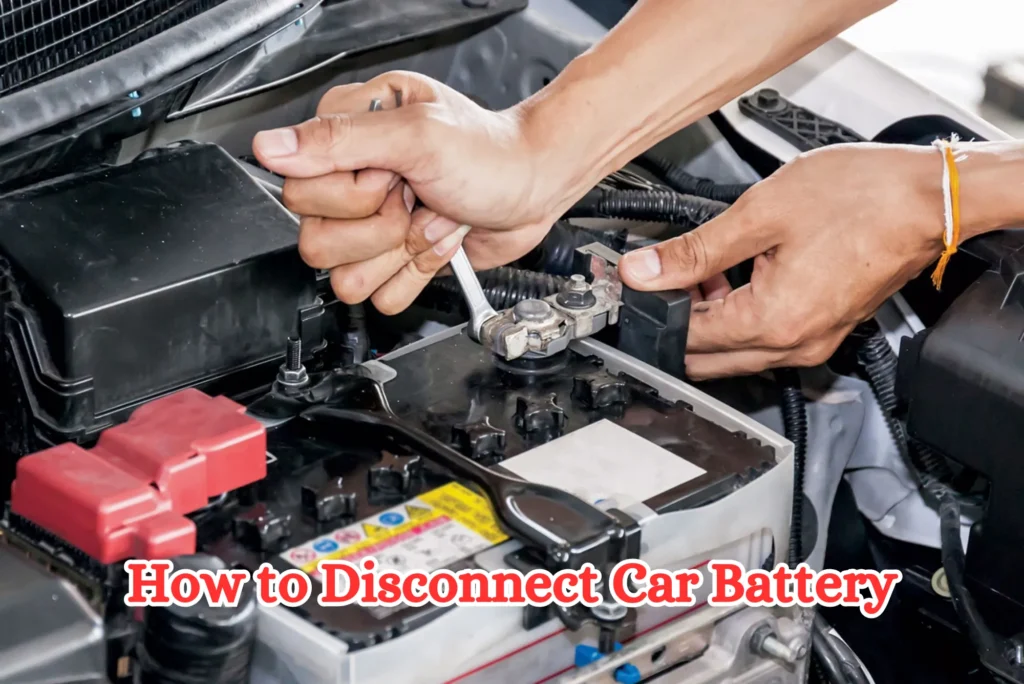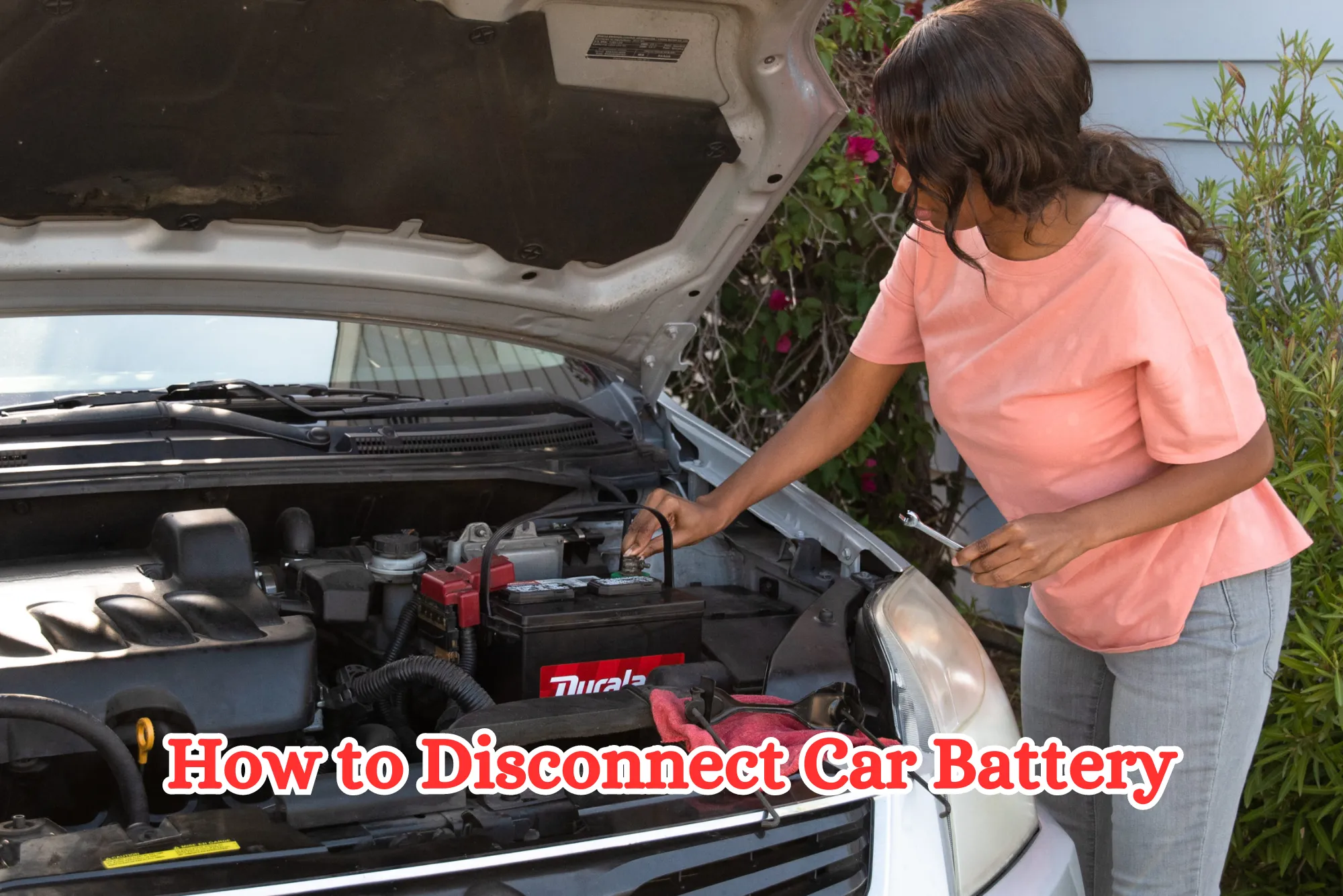How to Disconnect Car Battery: A Comprehensive Guide
When it comes to car maintenance, knowing how to disconnect your car battery is an essential skill. Whether you’re performing repairs, upgrades, or simply need to replace the battery, understanding the proper procedure is crucial for safety and efficiency.
Importance of Disconnecting Your Car Battery
Before diving into the steps, let’s understand why disconnecting your car battery is necessary. When working on electrical components or performing maintenance tasks, disconnecting the battery prevents accidental electrical shorts or sparks, reducing the risk of injury or damage to your vehicle.
Precautions Before Disconnecting the Battery
Before you start disconnecting the battery, there are a few precautions to keep in mind:
Park your car on a flat surface and engage the parking brake.
Turn off all electronic devices and accessories in the vehicle.
Wear safety gloves and eye protection to shield yourself from any potential hazards.

Step-by-Step Guide to Disconnecting Your Car Battery
Follow these steps to safely disconnect your car battery:
Locate the Battery
How to Disconnect Car Battery. In most vehicles, the battery is located under the hood, either on the left or right side.
Identify the Battery Terminals
The battery terminals are usually marked with positive (+) and negative (-) symbols. The positive terminal is typically red, while the negative terminal is black.
Disconnect the Negative Terminal
Using a wrench or socket, loosen the nut on the negative terminal clamp. Once loosened, carefully remove the negative cable from the terminal and set it aside.
Disconnect the Positive Terminal
Repeat the same process for the positive terminal. Loosen the nut on the positive terminal clamp, remove the cable, and set it aside.

Inspect and Clean the Terminals
With the battery disconnected, take this opportunity to inspect the terminals for any corrosion or buildup. Use a wire brush or terminal cleaner to remove any debris and ensure a clean connection.
Reconnect the Battery
Once you’ve completed your maintenance tasks, it’s time to reconnect the battery. Start by attaching the positive cable to the positive terminal, followed by the negative cable to the negative terminal. Tighten the terminal clamps securely.
Additional Tips for Battery Maintenance
Regularly check the condition of your car battery to ensure optimal performance.
Keep the battery terminals clean and free of corrosion to maintain a strong connection.
If you’re unsure about disconnecting the battery yourself, consult a professional mechanic for assistance.
By following these steps, you can safely disconnect your car battery and perform necessary maintenance tasks with confidence. Remember to always prioritize safety and take necessary precautions to avoid accidents or damage to your vehicle.
Now, let’s delve into a brief overview of “marsidi car” and “divya auto spare parts trading llc showroom 1”:
Marsidi Car
Marsidi car could be a misspelling or a unique term specific to certain regions or communities. Without further context, it’s challenging to provide specific information. However, if you’re referring to a particular brand or model of car named “Marsidi,” it’s advisable to research its specifications, reviews, and maintenance tips to ensure proper care and longevity.
Divya Auto Spare Parts Trading LLC Showroom 1
Divya Auto Spare Parts Trading LLC Showroom 1 seems to be a specific auto parts showroom or trading company. Showroom 1 likely indicates a branch or location within the company’s network. For individuals seeking auto spare parts, visiting such showrooms can provide access to a wide range of products for various vehicle makes and models. It’s essential to verify the showroom’s reputation, product quality, and customer reviews before making any purchases to ensure satisfaction and reliability.








